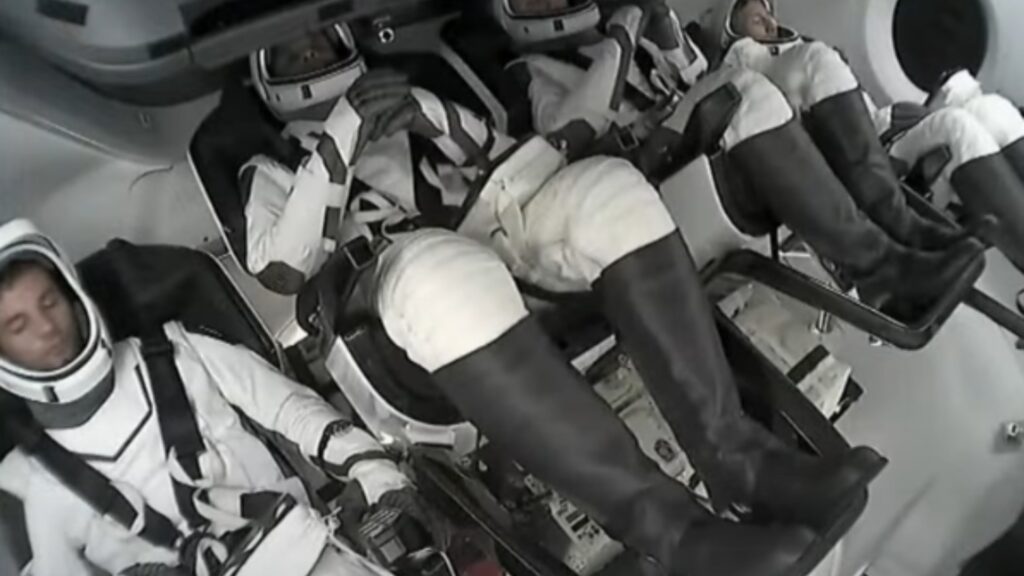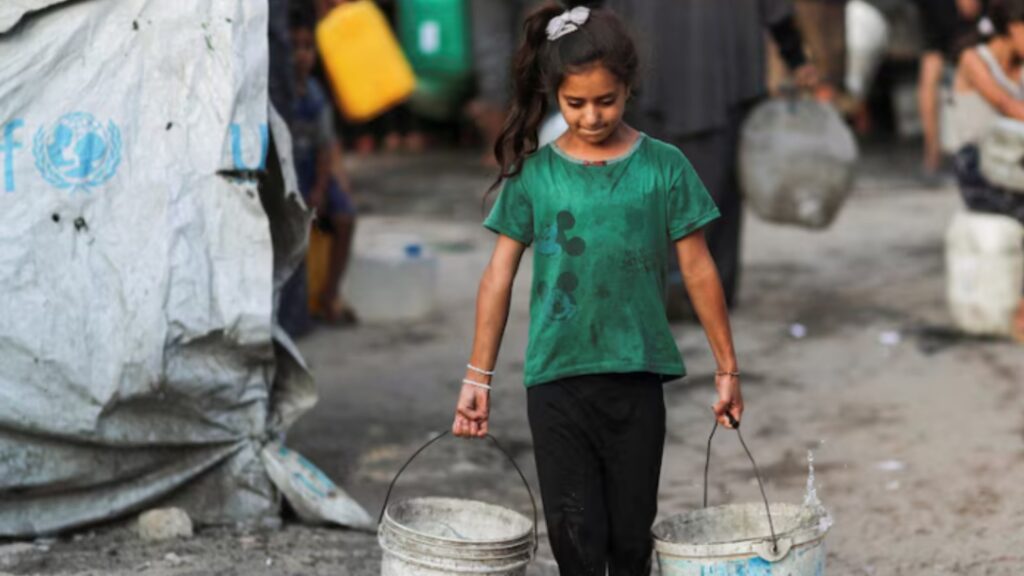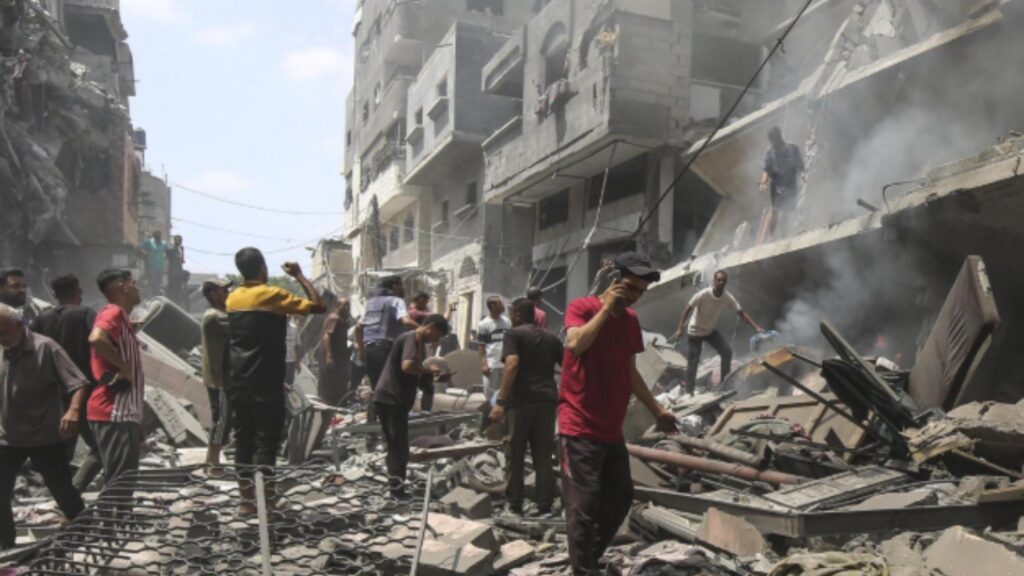Gaza Faces Dire Water Crisis Amid Polluted Aquifers and Damaged Pipelines
Gaza’s water crisis deepens as polluted aquifers and damaged pipelines leave residents struggling for clean water. Read about the humanitarian challenges and the urgent need for international intervention.
Introduction: A Deepening Humanitarian Crisis
In the heart of Gaza, a silent crisis is unfolding—one that is not marked by explosions or airstrikes but by the desperate search for clean water. After 22 months of conflict, the region’s water infrastructure lies in ruins, leaving its 2.3 million residents grappling with severe shortages. The United Nations has warned that the situation has escalated into a man-made drought, with water systems collapsing and the population facing unprecedented challenges.
The Collapse of Water Infrastructure
Once, Gaza’s water supply was sustained by a network of pipelines and wells. However, Israeli military actions have led to the destruction of over 30 water wells and significant damage to pipelines, severely disrupting the water supply. The situation is compounded by the blockade, which has hindered efforts to repair the infrastructure and import necessary materials. As a result, many Gazans are left with no choice but to rely on contaminated water sources, leading to a surge in waterborne diseases.
Daily Struggles for Clean Water
For the residents of Gaza, accessing clean water has become a daily ordeal. Many must walk long distances, sometimes for hours, to reach the few remaining water sources. Queues are common, and scuffles often break out as people vie for access to the limited supply. Children, in particular, bear the brunt of this crisis, with many spending their days hauling heavy containers of water instead of attending school.
Health Implications and Rising Disease
The scarcity of clean water has led to a public health emergency. The reliance on polluted aquifers has resulted in outbreaks of diseases such as diarrhea and hepatitis, particularly among children. Humanitarian organizations like Oxfam have reported a nearly 150% increase in waterborne illnesses over the past three months. The lack of proper sanitation facilities further exacerbates the situation, creating a vicious cycle of illness and deprivation.
Humanitarian Aid and International Response
Efforts to alleviate the water crisis have been hampered by ongoing conflict and logistical challenges. While some aid has been delivered, it remains insufficient to meet the overwhelming needs of the population. International organizations are calling for a ceasefire and unimpeded access for humanitarian aid to address the crisis effectively. However, political and security concerns continue to impede these efforts.
The Need for Immediate Action
The water crisis in Gaza is a stark reminder of the broader humanitarian challenges facing the region. Without urgent action to repair infrastructure, provide clean water, and ensure access to sanitation, the situation will only worsen. The international community must prioritize the delivery of aid and support efforts to rebuild Gaza’s water systems to prevent further loss of life and alleviate the suffering of its people.
Netanyahu’s Gaza Gamble: Hostages, Hunger, and the Path Forward –







Hi! I could have sworn I’ve been to this blog before but after reading through some of the post I realized it’s new to me. Nonetheless, I’m definitely happy I found it and I’ll be bookmarking and checking back frequently!
Its excellent as your other blog posts : D, appreciate it for posting. “The real hero is always a hero by mistake he dreams of being an honest coward like everybody else.” by Umberto Eco.
Great remarkable issues here. I?¦m very satisfied to peer your article. Thanks a lot and i am looking forward to contact you. Will you kindly drop me a mail?
I was just seeking this information for some time. After six hours of continuous Googleing, at last I got it in your web site. I wonder what is the lack of Google strategy that do not rank this kind of informative sites in top of the list. Normally the top websites are full of garbage.